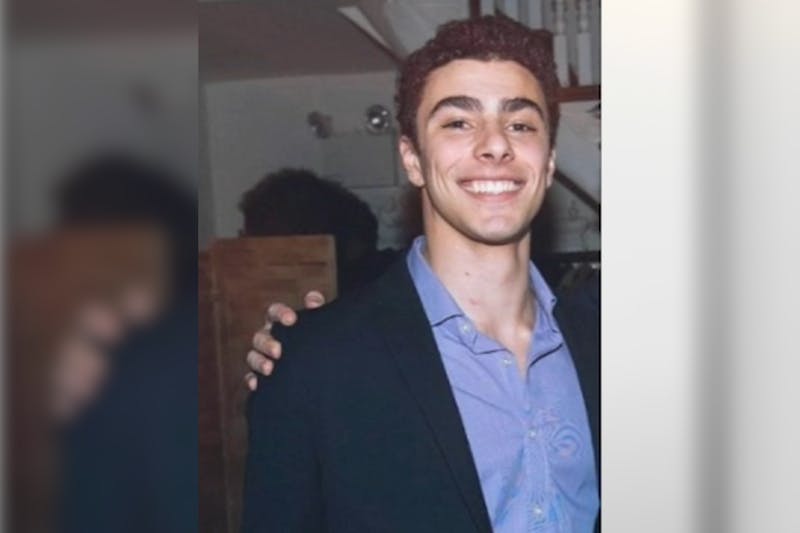
On Feb. 26, the Kelly Writers House hosted a discussion about long-form journalism in the modern era featuring The New York Times Magazine contributing writer Michael Sokolove and The Washington Post deputy managing editor Ann Gerhart.
The event, titled “Long-Form Journalism in a Short Attention Span Era,” was presented by Sokolove and Gerhart and moderated by the English Department’s Maury Povich Writer in Residence Dick Polman.
At the event, Gerhart talked about changing behaviors in newsreaders and shortened attention spans in modern times.
“I do think part of the problem with the short attention span is people so quickly jump to conclusions without any kind of investigation or thorough thinking about what else might be going on or what brought somebody to that particular point in time,” Gerhart said. “It’s the reductive presumption and the assumption that’s immediate about anything that goes on.”
Gerhart also discussed her work on the Post’s long-form profile of how the AR-15 rifle affects the human body, titled “The Blast Effect.” The article, which used graphics to visualize the mechanics of the weapon and the physical impact its bullets have on the human body, was part of a series of stories from the Post on the AR-15 that won the 2024 Pulitzer Prize for National Reporting.
While Gerhart was not originally fond of the concept given the destructiveness of AR-15 rifles, she decided to focus on the visual impact of the rifle on the human body, working with visual journalists and animators to develop programs and 3D models.
“I arrived at the thought that what people didn’t really know was how [the AR-15] actually created that destruction inside the body,” Gerhart said. “And so we decided that we would try to show what that bullet does when fired from an AR as a platform in the body.”
Sokolove also discussed long-form journalism at the event, referencing his work in The New York Times Magazine. He talked about how story ideas are influenced by whether reading audiences would be engaged, referencing his piece on “The Blind Side,” a book and movie adaptation about a young Black homeless player that was taken in by a Christian family.
“When I think about long-form stories, I think it’s just going to answer one question,” Sokolove said. “And you can write 8,000 words on that. So [‘The Blind Side’] was a very natural magazine story. But I think a lot of magazine pieces, a lot of long-form pieces … [are] often answering a question that a normal reader would have.”
In an interview with The Daily Pennsylvanian, Sokolove addressed the evolution of long-form journalism and where he sees its future. While long-form journalism faces challenges due to the convenience of phones and other technology, Sokolove believes that it can still exist.
“It’s proven that if you write something compelling enough, people will and do read it,” Sokolove said. “I’m not saying it’s not a challenge, but I don’t feel like it’s an insurmountable one.”
Sokolove also talked about his own experience with reporting and whether technology posed a threat to long-form journalism in the digital age. He referenced his profile of Bucks County, Pa. during the 2024 election that was published in The New York Times Magazine, which was a picture-driven story.
“It was entirely picture driven, entirely photo driven, so that’s a different form of long-form journalism,” Sokolove said. “It’s not all about the words — long-form journalism can mean photos. It can mean video. It can mean all kinds of other stuff. I don’t think this stuff is a threat. I think it can be an ally if you do it well.”
The Daily Pennsylvanian is an independent, student-run newspaper. Please consider making a donation to support the coverage that shapes the University. Your generosity ensures a future of strong journalism at Penn.
Donate












